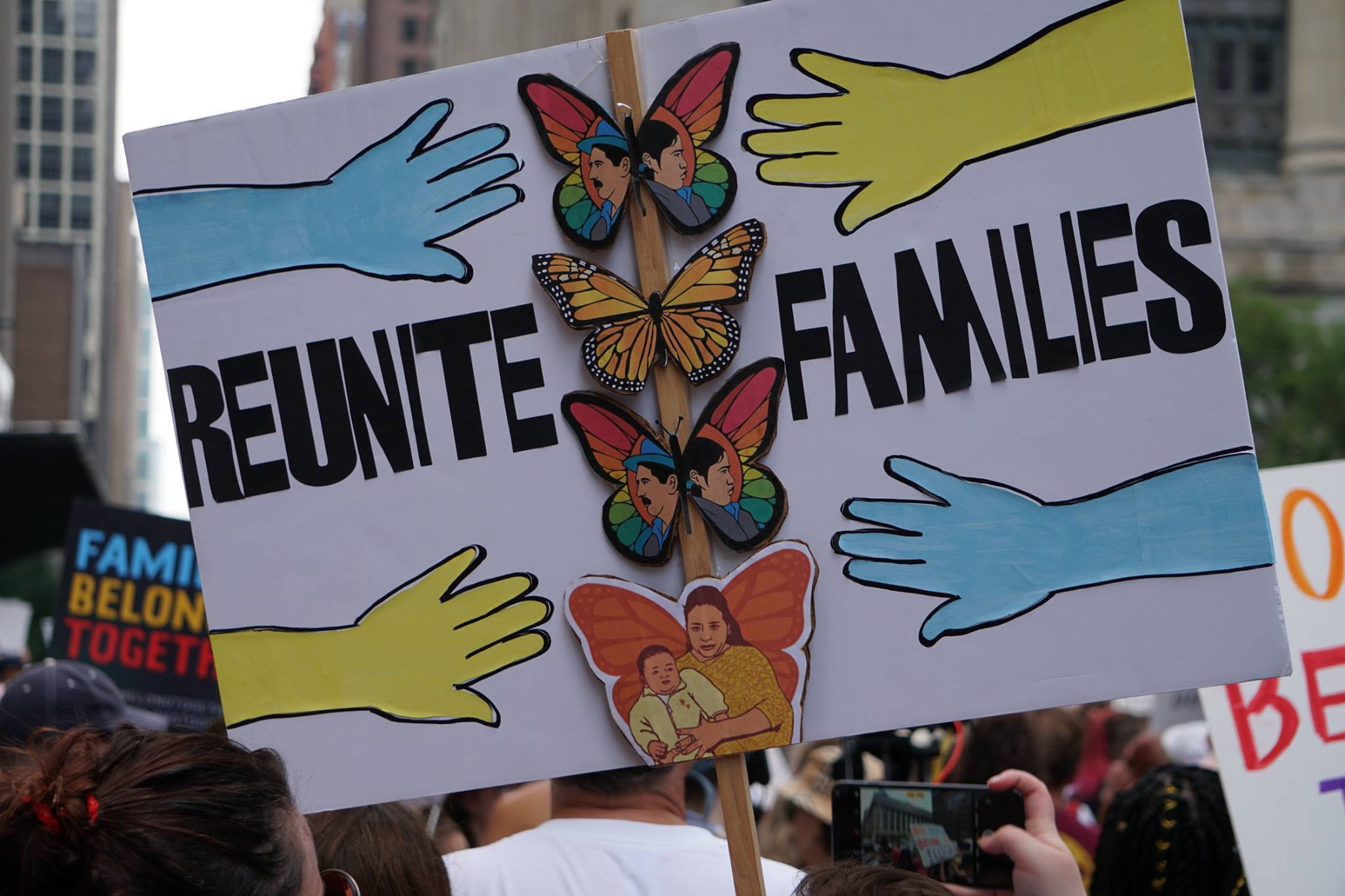My thoughts: Latinx people have many hidden histories in the United States. The long and brutal history of lynching Mexicans is being written now (see Forgotten Dead), while Garcia is teaching us more about the little-known history of segregating Mexican children in US schools. As Garcia argue, this wasn't an accident, this wasn't an unintended consequence of poverty or of where Mexican people lived in Oxnard. No, this was a calculated decision on the part of white city leaders, teachers, and parents who did not want to see Mexican people integrated into their community.
Their description: "Most Americans have a limited understanding of the history of segregation in the United States. While many are taught that segregation was as an institution of social control that dominated Southern society, economics, and politics from the late nineteenth century to the middle of the twentieth century, a much smaller proportion realize that Jim Crow policies and practices existed in cities throughout the north and west. In Strategies of Segregation: Race, Residence, and the Struggle for Educational Equality (University of California Press, 2018), David G. García makes a substantial contribution to the history of segregation in the US by examining its implementation and preservation in the city of Oxnard, California from 1903 to 1974. Located about an hour north of Los Angeles, García explains how the “white architects” of Oxnard instituted segregationist policies in housing and education during the initial decades of the twentieth century, which ultimately shaped life chances and outcomes for Mexican Americans. Although de jure segregation of ethnic Mexicans was not permitted in California schools, García uncovers four strategies implemented by local power brokers to accomplish just that.
One of the unique features of segregation in Oxnard involved the “school-within-a-school model of racial separation” that was employed by city and district officials in three elementary campuses from 1903-1939. Blurring the distinction between de jure and de facto segregation, García argues that the “systematic subordination” of ethnic Mexicans in Oxnard was accomplished through daily acts of “mundane racism” at the individual and institutional level. Despite efforts to normalize their marginalization, Mexican Americans did not stand idle. Rather, partnering with African Americans in a “shared struggle” against the district’s segregationist policies, parents and community activists filed and won a class-action lawsuit (Soria v. Oxnard School Board of Trustees, 1974) that proved the school board was guilty of intentional de jure segregation and ordered immediate and affirmative remedies to achieve a racially balanced school system.
David-James Gonzales (DJ) is Assistant Professor of History at Brigham Young University. He is a historian of migration, urbanization, and social movements in the U.S., and specializes in Latina/o/x politics. Follow him on Twitter @djgonzoPhD."
